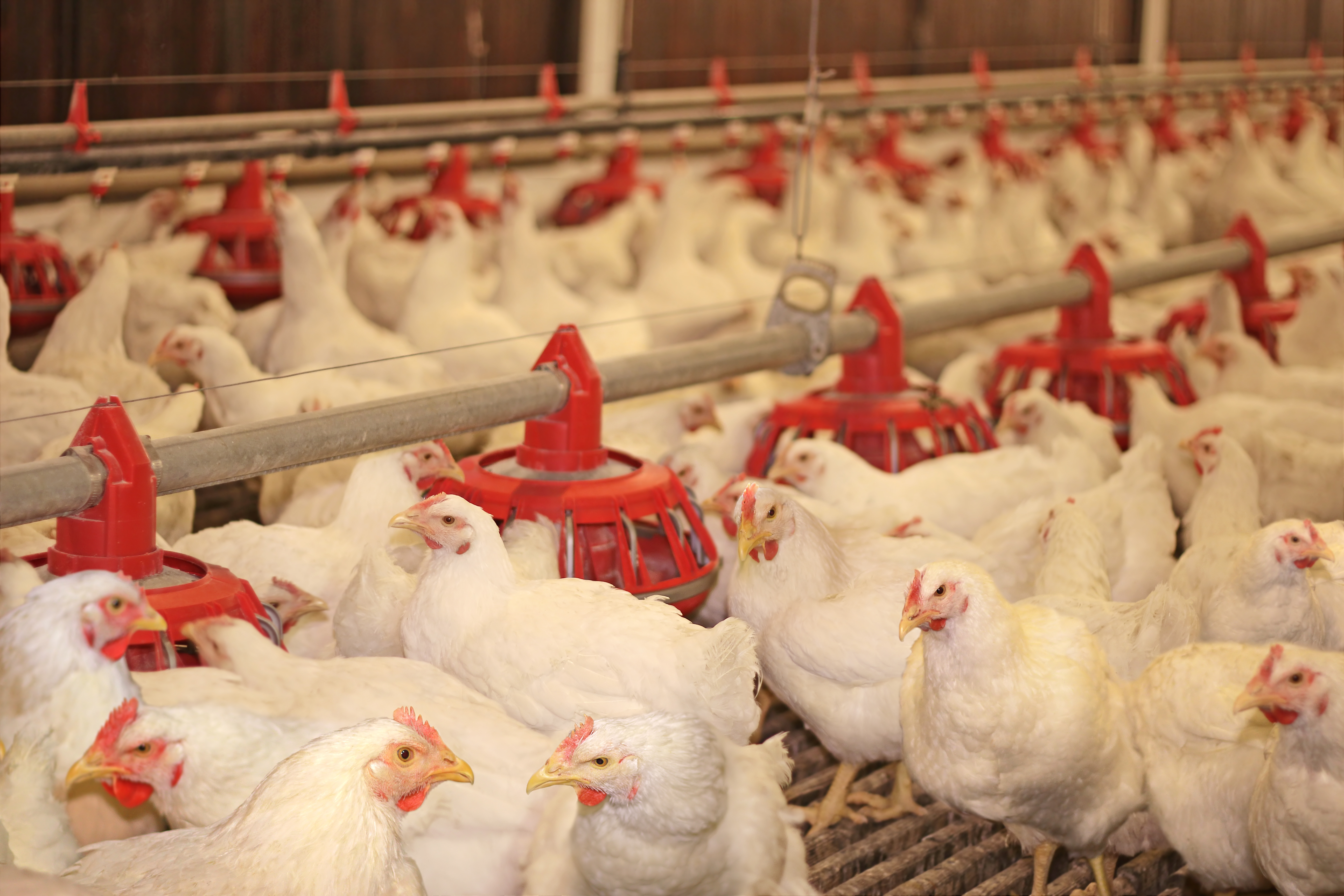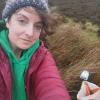Over half of the meat consumed in the UK consists of chicken, turkey, duck and goose. With 1 billion broilers reared every year contributing £4.6 billion to the UK economy (British Poultry Council).
The UK as a whole has some of the best welfare standards for poultry across the EU, with around 90% of poultry farms being Red Tractor Assured.
Click the 'Ask to Join' button if you would like to be a Steward for this Topic and provide a summary of current knowledge and recommend useful resources, organisations, networks and projects.
"Like" this Topic if you would like to see it prioritised for providing a wikipedia style summary.



